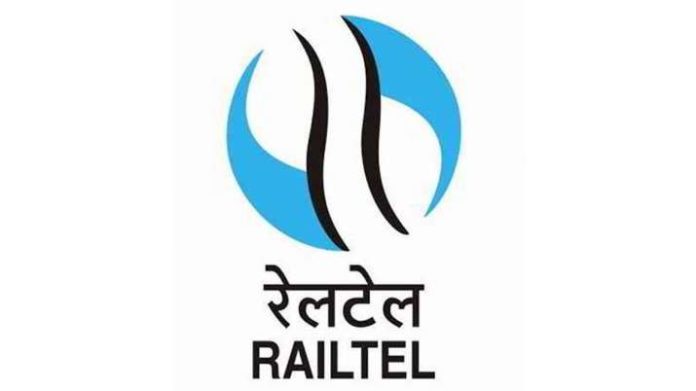Snapshot
RailTel has secured a major work order worth Rs 122.08 crore from Government of Odisha for up-gradation of their existing Odisha State Wide Area Network using state-of-the-Art SDWAN (Software Defined Wide Area Network) technology.
Strengthening the information technology network in Odisha for carrying out e-governance initiatives, the entire existing network of the state would be upgraded with state-of-the-art software by RailTel at an estimated cost of over Rs 122 crore.
Odisha State Wide Area Network would be upgraded for providing secured and high-speed connectivity for smooth functioning of government bodies while making the infrastructure robust further for their various e-governance initiatives.
RailTel, the telecom arm of Indian Railways, has secured a major work order worth Rs 122.08 crore from Government of Odisha for up-gradation of their existing OSWAN (Odisha State Wide Area Network) using state-of-the-Art SDWAN (Software Defined Wide Area Network) technology, along with replacement of old and end of life equipment, provision of secondary bandwidth, and the maintenance of the OSWAN of five years.
The present up-gradation project of Government of Odisha will make the infrastructure robust for their various e-governance initiatives, RailTel CMD Puneet Chawla said.
The order has been obtained from the Electronics and Information Technology (E & IT) Department, Odisha, which is the nodal department for all IT initiatives in the state government.
The Odisha State Wide Area Network (OSWAN) is a very ambitious project to provide the state with a basic information technology backbone which is utilised for carrying data, video and voice traffic, facilitating inter/intra-departmental communication and data sharing within the state.
OSWAN aims at linking government offices of state headquarter (SHQ) at Bhubaneswar, all district headquarters (DHQ), all Block headquarters (BHQ).
There are a total no of 345 offices in this network consisting of 314 block headquarters and 30 district headquarters and the state headquarter with each other for efficient G2G functioning.
The project has created a closed user group network providing secured and high-speed connectivity for smooth functioning of government bodies.
Up-gradation of existing OSWAN will be extremely crucial to cater to the latest technology of data and voice transmission. The benefits can be best judged in terms of bandwidth provision, IT Infrastructure, enhanced physical infrastructure and the services offered for better functioning of the system and subsequent service delivery by government institutions.
The top benefits of the latest SD-WAN technology are its higher capacity bandwidth, centralised management, network visibility, multiple connection types, better security, better speed, cost effectiveness and optimised cloud connectivity.
Government of Odisha is implementing various e-governance project in G2G, G2B and G2C sector related to IT Infrastructure and e-governance applications like, Odisha State Data Centre (OSDC), Odisha State Wide Area Network (OSWAN), BharatNet, Mo Seba Kendra (MSK), Odisha One, Service Plus, GoSwift, Biju Swasthya Kalyan Yojana (BSKY), School Transformation, Disaster Management, Smart City, State Dashboard, PAReSHRAM, Fire
Services Automation, Revenue Services, Transport Services (DEESHA), etc.
RailTel is an ICT provider and one of the largest neutral telecom infrastructure providers in the country owning a Pan-India optic fiber network of 61000+RKM on exclusive Right of Way (ROW) along Railway track. The OFC network covers important towns and cities of the country and several rural areas.
Talking about it, Chawla said, “RailTel is in the forefront of digital transformation in the country. Software Defined Wide Area Network (SDWAN) will create an edge in the existing legacy WAN architecture.
SDWAN implementation will simplify connectivity across branches, data centers and cloud environments providing an application Optimization, Cloud Security firewalling intrusion protection and URL filtering for better security which can be deployed and maintained from a single centralized location.”


